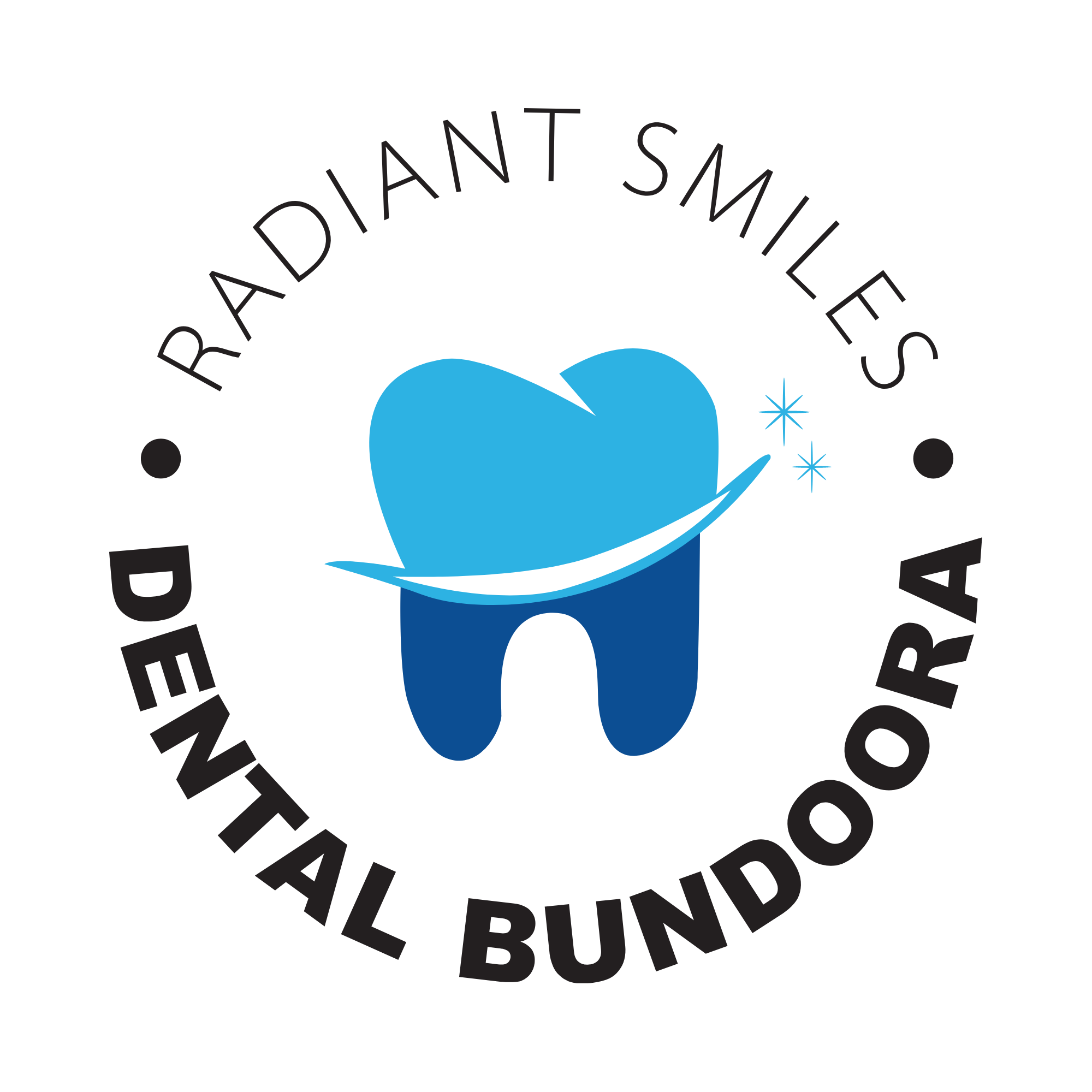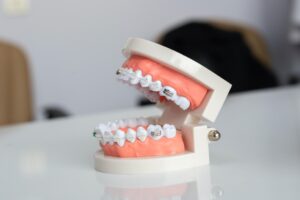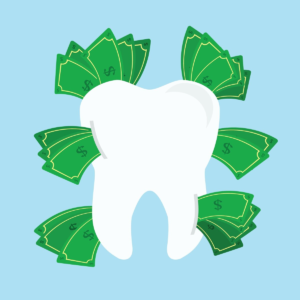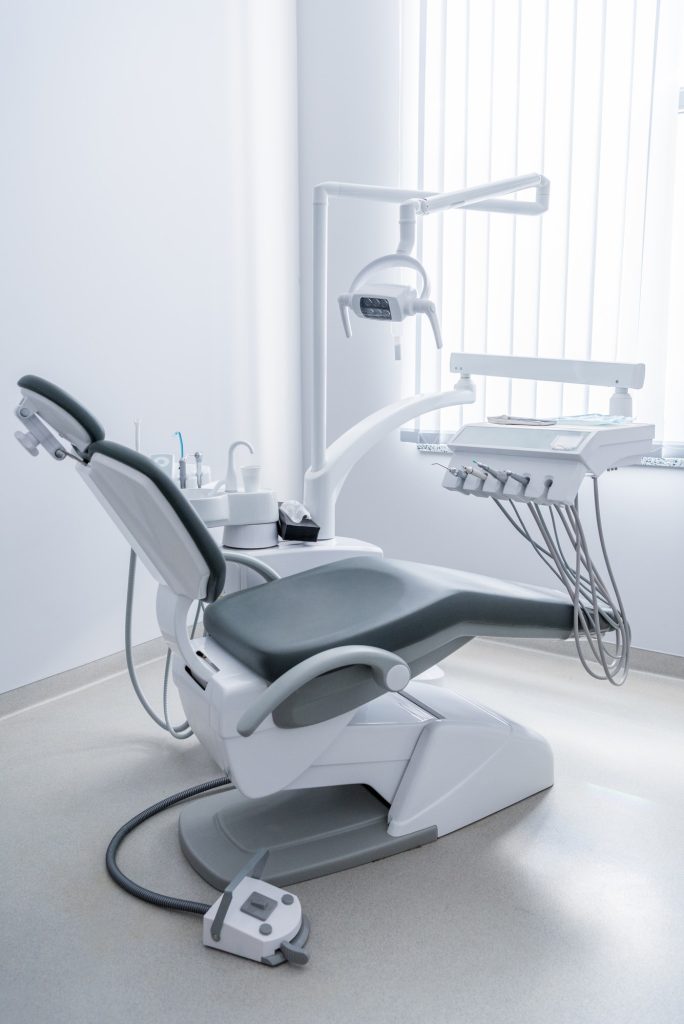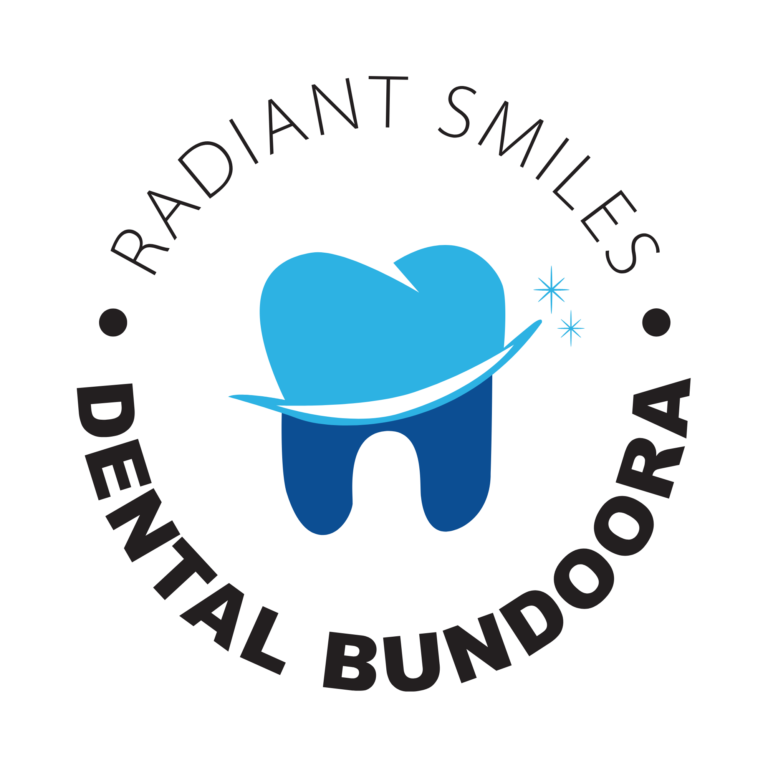What Is A Cracked Tooth?
A cracked tooth is a common dental condition where a crack or fracture develops on the tooth’s chewing surface. It can occur from trauma, grinding, or biting hard substances. Cracks can vary in size, from tiny hairline fractures that are hard to detect to severe cracks that extend into the tooth’s pulp or root.
Symptoms may include pain when chewing, sensitivity to hot, cold, or sweet foods, and discomfort that comes and goes. If left untreated, a cracked tooth may lead to serious infection or even loss of the tooth. Therefore, timely dental intervention is crucial.
Common Cracked Tooth Symptoms
Cracked tooth syndrome, also referred to as split tooth syndrome, is a painful condition that arises when a tooth has a crack, split, or fracture line on its surface.
A person may not initially be aware of the existence of the crack, as it might not be visible to the naked eye and is even challenging to detect in dental X-rays. However, they will eventually become conscious of the issue due to a set of distinct symptoms. This article will elucidate the various symptoms of cracked teeth in detail.
Sharp and erratic pain:
The most common symptom of a cracked tooth is a sharp, erratic pain, especially when biting down or chewing.
The reason behind this is that the pressure exerted during chewing causes the crack to open, disturbing the pulp inside the tooth where the nerve endings are located. When the pressure is released, the two halves of the crack come back together, resulting in sharp pain. This is a common scenario with vertical root fractures.
Pain when eating or drinking:
Pain during eating or drinking, especially with hot or cold food and beverages, is another noticeable symptom. This is because the temperature change causes the tooth to expand or contract, making the crack in the tooth enamel open or close, which leads to sudden, severe pain.
Tooth sensitivity:
Tooth sensitivity is another indicator of a cracked tooth. If a tooth has a crack, it becomes sensitive to extremes of temperature as well as sweet, sour, or spicy foods and drinks. The sensitivity is often intense, described as a jolt of electricity or a sharp ache that comes and goes quickly.
Swelling of the gum line:
If a tooth has a significant crack, the tissue around it might become inflamed or swollen. This is a response to the irritation caused by the tooth fragments moving separately when pressure is applied to the tooth, which allows bacteria to infiltrate the pulp, leading to inflammation and infection.
Discomfort that comes and goes:
The discomfort associated with a cracked tooth often comes and goes in response to certain actions or consuming certain foods. It does not usually persist as constant pain like a toothache caused by a cavity or an abscess. This irregularity can make it difficult for both the patient and the dentist to pinpoint the source of the pain.
Difficulty in pinpointing the source of pain:
The pain from a cracked tooth is notoriously difficult to locate. This is because the pain can often radiate to other areas, leading to headaches or pain in the jaw, neck, or ear on the same side as the cracked tooth.
Visible signs when tooth cracks:
In some cases, a crack might be visible. However, this is not always the case, particularly with hairline or minute cracks. A dentist may use a magnifying lens to inspect the tooth for cracks, especially if the patient experiences symptoms without visible signs.
Bite pain:
Bite pain is a typical symptom of a cracked cusp. The cusp is the pointed part of the chewing surface of the tooth. If it’s cracked, it may cause pain when biting down, and one may also feel a sharp, jagged edge with the tongue.
Change in colour:
A tooth with a severe crack might change colour, usually becoming darker (grey or yellow). This change can be a response to the death of the pulp tissue inside the tooth, which can occur if a crack goes untreated for a long time.
If you experience any of these symptoms, it’s essential to see a dentist as soon as possible. Leaving a cracked tooth without treatment can lead to severe complications, such as an abscess, damaged pulp, or even the loss of the tooth. The dentist can diagnose the presence of a crack using various methods, including magnification, dental dye, or transillumination, and provide appropriate treatment options, which may range from bonding or a crown to root canal treatment or tooth extraction, depending upon the severity of the crack. Remember, the earlier a cracked tooth is diagnosed and treated, the better the chances of saving the tooth.
What Will Your Dentist Do To Treat Cracked Tooth Symptoms?
Cracked tooth syndrome, characterised by a crack or fracture in the tooth, can cause discomfort, pain, and sensitivity. It’s essential to have it promptly addressed by a dentist to alleviate symptoms and prevent further damage or complications. Below are various treatment options for a cracked tooth, each suitable for different types and severities of cracks.
Dental Bonding or Filling:
For minor cracks or craze lines, which are tiny cracks affecting only the outer enamel, dental bonding or filling can be a simple yet effective solution. Dental bonding involves applying a tooth-coloured composite resin to the crack, which is then shaped to match the rest of the tooth and hardened using a special light. This procedure is quick, requires no anaesthesia, and can usually be completed in one visit.
Dental Veneers:
Dental veneers, thin shells made from porcelain or composite resin, can be a viable treatment for front teeth that are cracked. Veneers hide the entire front surface of the tooth, providing a smooth, intact appearance and acting as a splint to hold the tooth together. This treatment is more durable than dental bonding and can stay intact for 10-15 years with proper care.
Dental Crowns:
For more severe cracks that don’t extend into the pulp, a dental crown is often the best option. A crown, made from porcelain, composite, or metal, is a “cap” that covers the entire tooth, protecting it from further damage and distributing biting pressure to prevent the crack from worsening. Dental crowns usually require two visits – the first one to prepare the tooth and take impressions and another to place the permanent crown.
Root Canal Treatment:
If a crack extends into the pulp of the tooth, causing pain and potential infection, a root canal may be necessary. This procedure involves removing the damaged pulp, cleaning and disinfecting the pulp chamber and root canals, and then filling and sealing these areas. Following root canal therapy, a crown is usually placed to protect the weakened tooth.
Dental Implants:
If a tooth is severely cracked down to the root, it may not be salvageable, and extraction might be required. Following extraction, a dental implant can replace the lost tooth. Dental implants involve the surgical placement of a titanium post inside the jaw bone, which serves as an artificial tooth root. After a healing period, an abutment is attached to the post, onto which a crown is placed, replicating the appearance and function of a natural tooth.
Tooth Extraction:
If the tooth is very damaged and cannot be saved, extraction may be the only option. After a tooth is removed, it’s crucial to replace it to prevent shifting of the remaining teeth and to restore functionality. Replacement options include dental implants, bridges, or dentures.
Endodontic Surgery:
In some cases, if the crack extends into the pulp or the tooth has an infection that hasn’t cleared up after a root canal, endodontic surgery might be needed. This could involve an apicoectomy, where the root tip and infected tissue are removed, or a root amputation, where one root is removed from a multi-rooted tooth.
Maintaining Oral Health:
After receiving treatment for a cracked tooth, it is important to keep good oral hygiene habits to prevent further dental problems. This includes regular brushing, flossing, and dental check-ups. Patients should also avoid chewing hard foods and ice to prevent additional cracks.
The treatment plan for a cracked tooth depends on the type, location, and extent of the crack, as well as the patient’s overall dental health. A dentist will assess the tooth and discuss the best treatment options for the individual patient’s situation.
By seeking prompt treatment for a cracked tooth, you can alleviate pain, prevent further damage, and keep your smile healthy. Remember, it’s always easier to treat a cracked tooth the earlier it is detected.
Regular dental check-ups are crucial for early detection and intervention, leading to better oral health outcomes.
Don’t let a cracked tooth steal your joy and disrupt your daily life. At Radiant Smiles Dental Group, our expert team is ready to provide comprehensive, personalised care to ensure your smile remains as radiant as ever.
Don’t wait for the pain to worsen. Contact Radiant Smiles Dental Group today to schedule an appointment. We’re here to diagnose your dental problem accurately, provide a detailed explanation of your treatment options, and guide you to the best solution for your specific situation.
Take the first step towards preserving your radiant smile and maintaining your oral health. Call us today or visit our website to book your appointment. Let’s put the sparkle back into your smile together at Radiant Smiles Dental Group.
References
https://www.colgate.ie/oral-health/cracked-tooth-syndrome/what-to-do-if-you-have-a-cracked-molar-0613
https://www.linkedin.com/pulse/cracked-tooth-syndrome-michael-sinkin-2e/
https://www.webmd.com/oral-health/repairing-a-chipped-or-broken-tooth
 Now
Now